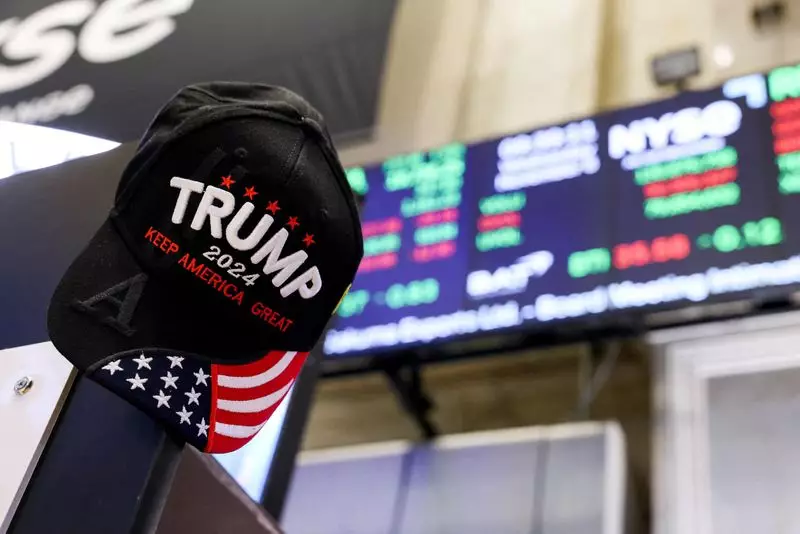The U.S. dollar has recently displayed a notable uptick in valuation, reclaiming some of the ground lost in the preceding weeks. This surge has been precipitated by a dialogue shift from the current U.S. President-elect, Donald Trump, who surprisingly voiced support for a stronger dollar. Historically, Trump has championed the idea of a weaker dollar, arguing that it would remedy the growing American trade deficit. However, his latest statements led investors to interpret his views as a signal that he may no longer advocate for depreciation, potentially stabilizing the dollar in the coming period.
Market participants are reacting strongly to this potential pivot. For instance, the Chinese yuan responded poorly to the dollar’s enhanced standing, dropping to a three-month low. Such figures suggest market anxieties about the yuan’s stability and the impact of U.S. monetary policy decisions on global currency dynamics. This volatility exhibits how interconnected these financial systems are, directly affecting trade relationships and economic health across borders.
The dollar’s rise against the yen has become particularly noteworthy, as it hovers above the 150 yen mark. This upward trend overlooks recent hawkish statements from the Bank of Japan’s (BOJ) Governor, Kazuo Ueda. Ueda has indicated that interest rate hikes may be pending due to positive economic indicators, including a robust business investment growth of 8.1% in Japan during the third quarter. Consequently, a 65% probability has emerged concerning a potential hike of 25 basis points during the BOJ’s forthcoming meeting on December 18-19.
Conversely, the Federal Reserve faces pressure as they approach their own meeting on the same day. The expectation that the U.S. jobs market may revitalize, with estimates predicting an increase of 195,000 jobs in November, complicates matters. However, forecasts also suggest a possible uptick in the unemployment rate to 4.2%, bringing into question the Fed’s easing considerations. The interdependence of these central banks highlights the delicate balancing act they perform, responding to both domestic economic shifts and international currency movements.
With the European Central Bank (ECB) scheduled to meet soon, market analysts are bracing for action. A modest rate cut of 25 basis points is widely anticipated, with a slim 21% chance of a deeper reduction to 50 basis points. The current implications indicate that investors may brace for an environment where ECB rates remain significantly lower than those in the U.S., which are at 3.75%. This disparity could attract a multitude of investors towards U.S. assets, further managing the dollar’s ascent.
However, it is worth mentioning the political turbulence within the Eurozone, particularly in France, where the far-right National Rally has revived risks of a no-confidence vote aimed at Prime Minister Michel Barnier’s government. Such a political shake-up could exacerbate existing economic challenges, potentially affecting France’s fiscal stability and consequently influencing how much France may need to pay to service its debt. The market’s reaction to this uncertainty could have wide-ranging impacts on European bonds, particularly French sovereign debt.
The Russian Rouble: A Currency in Crisis
Finally, the situation surrounding the Russian rouble warrants attention as it teetered on the brink of collapse just a week prior. Observers have noted that Russian authorities might be considering a conscious devaluation of the rouble. Such a strategy could amplify the potential for increased export earnings from commodities priced in stable currencies such as the dollar. These considerations highlight a broader tactic of employing currency fluctuations as an economic tool, albeit fraught with risks that could destabilize domestic economic conditions.
The evolving landscape of global currency markets reflects a complex interplay between political decisions, central bank policies, and macroeconomic data. The dollar’s recent strengths, the shifting dynamics in Japan, uncertainties in the Eurozone, and the precarious state of the rouble collectively illustrate a fabric of factors that influence worldwide economic health. As central banks prepare for meetings amidst these fluctuating scenarios, the implications of their decisions will undoubtedly resonate through the financial corridors of the globe.

